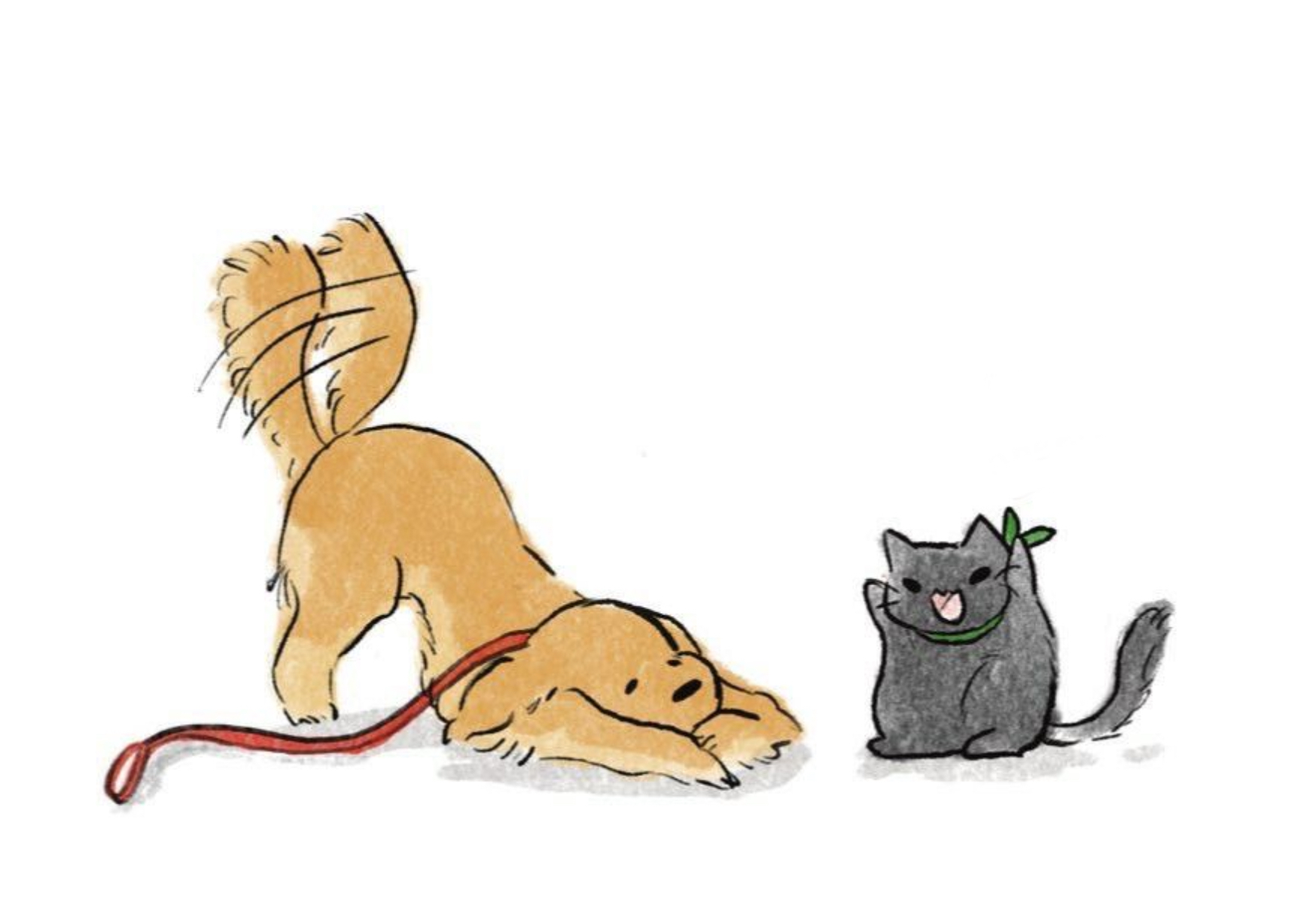Liora Abrera Manoim (12) | STAFF REPORTER
Have you ever been to the Royal Ontario Museum and wondered how on Earth they got their hands on non-Canadian ancient artifacts? The entire collection can’t be a loan from Egypt, China, or what have you, could it? You’d be right: many of them are artifacts that were obtained via looting.

What is looting in terms of archeology anyway?
Well, in the simplest terms, it’s the illicit removal of artifacts from archeological sites.[1] Looting was common in the beginning era of archeology; Europeans or other colonists would come to countries with rich histories, take any valuable artifacts they found and sell them to private collectors or museums. If this is ever in doubt, one needs to look no further than the British Museum, which was — and still is — the world’s largest recipient of stolen artifacts.[2]
Looting isn’t a problem of antiquity, either; it’s still a problem in the current day and age. If you’ve ever been in an antique store, you might have seen figurines for sale that claim to be authentic archeological artifacts from some South or Central American pre-Columbian civilization. How did they get there if the proper procedure is carefully logging and safely storing away all the items from an archeological dig? Logic dictates that there are only two possible answers: either they’re fakes, or they’re stolen artifacts.

Modern-day looting isn’t just a small-scale problem. Our own Royal Ontario Museum has gotten tangled up in looted antiquities scandals. As recently as 2015, investigators found that the ROM had dealings with one Subhash Kapoor, who was in the business of passing off stolen artifacts as legitimate specimens for 30 years.[3]
So, what is the difference between archeology and looting?
Well, archeology is the careful excavation and meticulous studying of historical artifacts and their context to understand the ancient past. Archeological digs are usually funded by educational institutions or museums. Additionally, the government of the country, region or city where the dig is occurring must approve the dig. It serves to preserve the archeological and historical context of the artifacts and enhances their cultural heritage. [4]
Looting an archeological dig requires outright theft or actively messing with the dig records to pilfer the artifacts away from under the noses of more respectable professionals, primarily to turn a profit. No self-respecting archeologist would loot, as it damages the archeological and historical context of the artifacts, hinders the educational and academic purposes of the dig, and robs a culture of its heritage. [5]
Unfortunately, some less-than-wholesome archeologists — as well as a few others — are willing to stoop to the level of looting to make some extra cash.
But how can you, a high-schooler, right these wrongs? It seems like an impossible task, but you too can do your part to return looted artifacts to their country of origin by signing this petition, which demands the British Museum to return stolen artifacts to their country of origin: https://www.change.org/p/demand-the-british-museum-to-return-stolen-artifacts-to-their-countries-of-origin
Go forth, seekers of justice!



